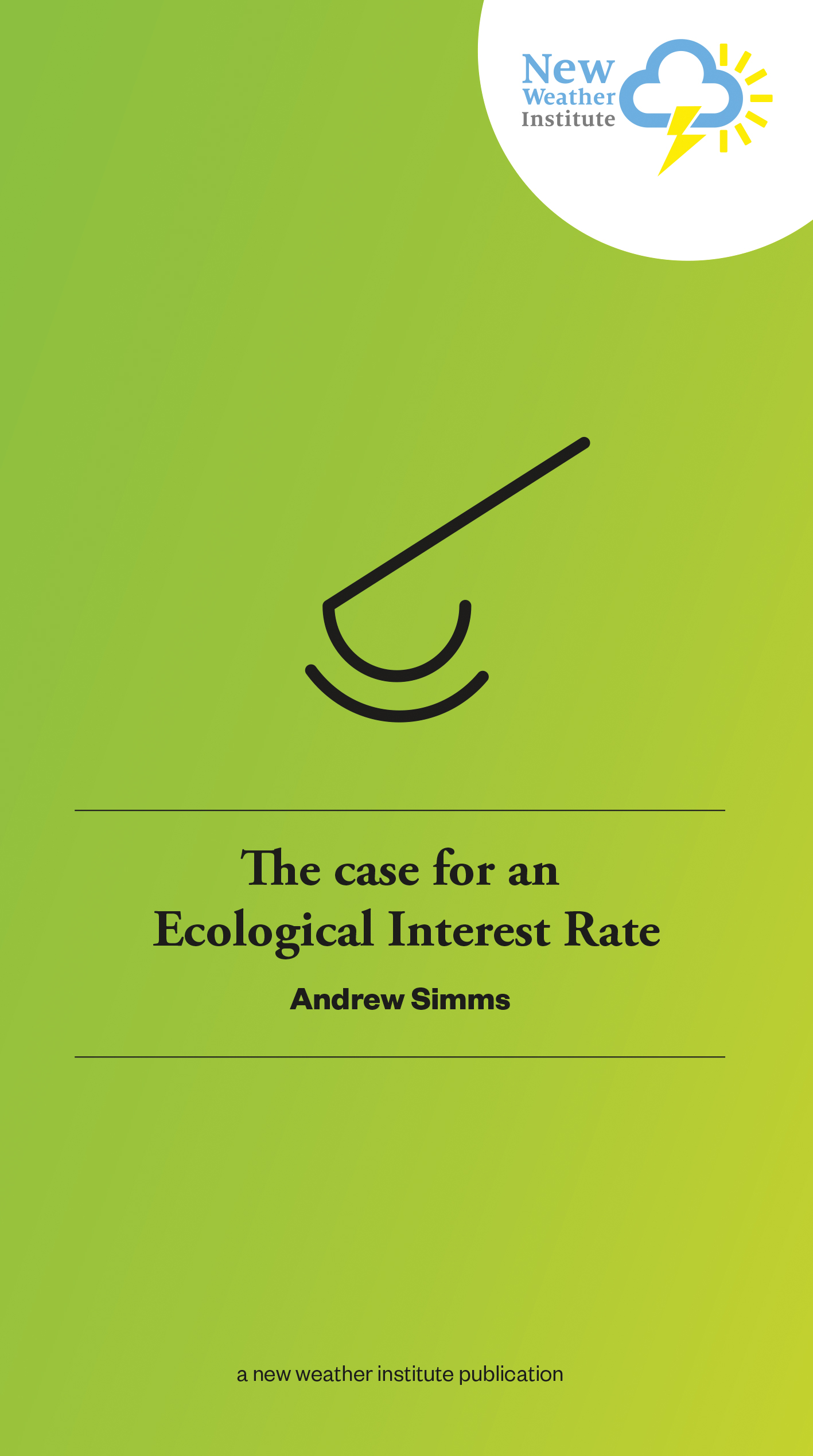Between the Anglo-American political horror shows of 2020 and the raging coronavirus pandemic, something much less theatrical drifted centre stage to play a more than usually important role: interest rates. There is one obvious reason: like waiting to witness a rare celestial event there is a high likelihood that rates will do a shocking, unusual thing and go negative. But there is another important reason that hasn’t, to date, been part of mainstream economic commentary. With more focus than ever on a green economic recovery the fact that there is no constructive connection between money, its cost and our ecological life-support system could, and really should, step into the limelight.
Always of concern to policy makers, interest rates tend only to capture the attention of the wider public if they have savings or a mortgage. If you have savings you’ll be bothered by low interest rates, and if a mortgage high ones. For others, the issue is more ‘meh’, and the lack of interest in interest rates, so to speak, understandable. But, if you take even a passing interest in life’s ecological foundations – and it would be careless not to – it is worth also considering an ecological interest rate.


